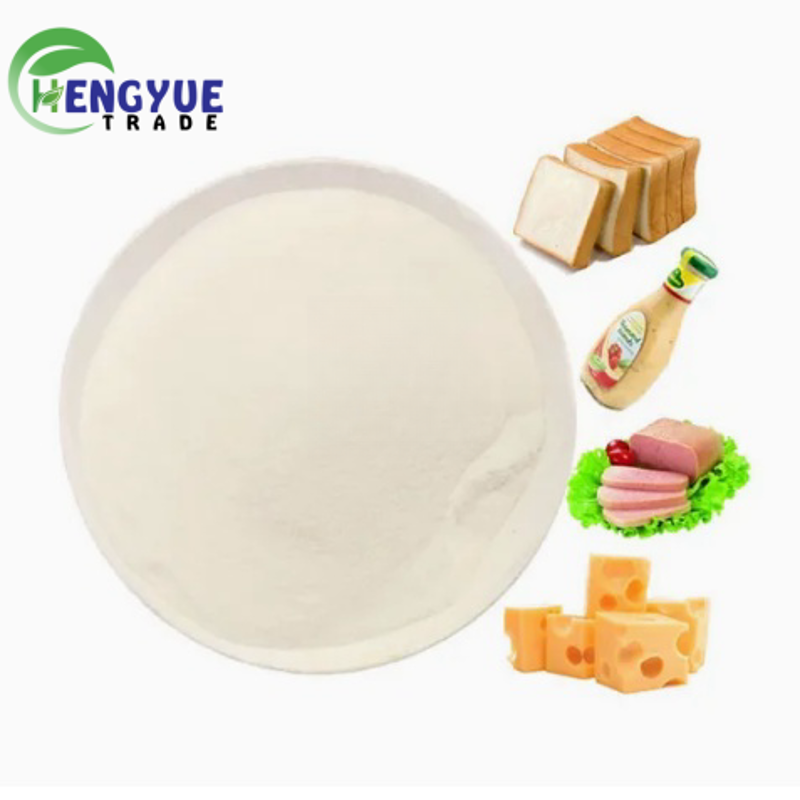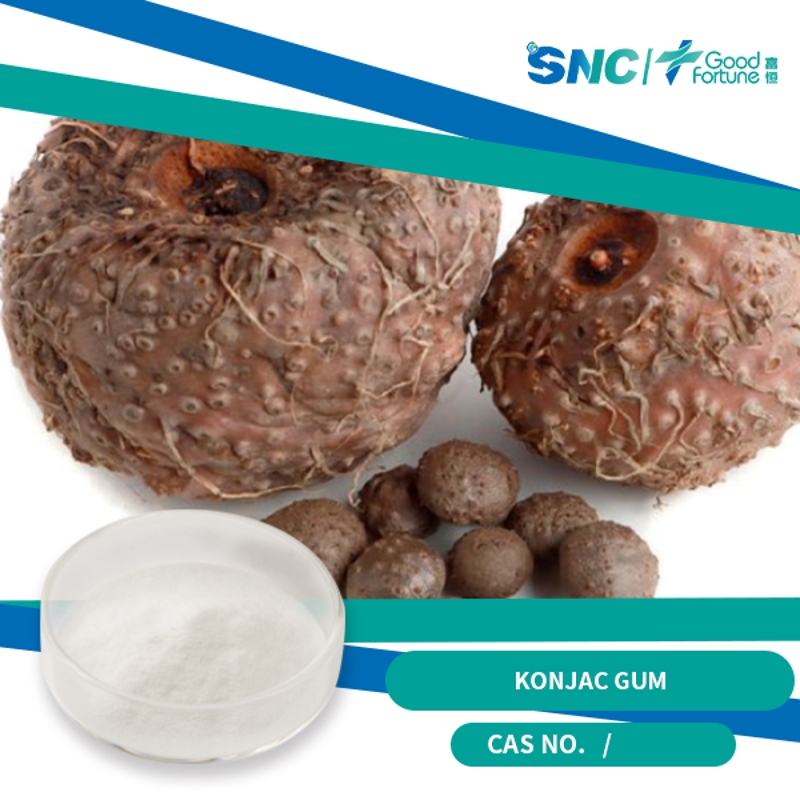-
Categories
-
Pharmaceutical Intermediates
-
Active Pharmaceutical Ingredients
-
Food Additives
- Industrial Coatings
- Agrochemicals
- Dyes and Pigments
- Surfactant
- Flavors and Fragrances
- Chemical Reagents
- Catalyst and Auxiliary
- Natural Products
- Inorganic Chemistry
-
Organic Chemistry
-
Biochemical Engineering
- Analytical Chemistry
-
Cosmetic Ingredient
- Water Treatment Chemical
-
Pharmaceutical Intermediates
Promotion
ECHEMI Mall
Wholesale
Weekly Price
Exhibition
News
-
Trade Service
Original title: What is the difference between thickeners commonly used in water-based wood coatings and polyurethane associative thickeners?
Among the consumers of water-based wood paint, furniture factories and toy factories are the most important consumers
The types of thickeners are mainly divided into inorganic thickeners, cellulose thickeners, alkali-swellable thickeners and polyurethane associative thickeners
wood lacquer with thickener
wood lacquer with thickenerThe same type of thickener, the higher the thickening efficiency, the higher the viscosity of the paint liquid, and the better the storage stability
The polyurethane associative thickener achieves the thickening effect through the formation of micelles by part of the hydrophobic segment and the association of part of the hydrophobic segment with the particles of the solution
Application scenarios of wood lacquer
Application scenarios of wood lacquerSpray construction:
Spray construction:The sample paint was diluted and used for spraying.
Leveling:
Leveling:The leveling of the coating film will affect the final quality of the coating film, and the thickener has a great influence on the leveling of the coating film
Summarize:
Summarize:Polyurethane associative thickeners have good sprayability and leveling properties, but these thickeners have poor performance in anti-settling of fillers with polar surfaces
Source of the article: The article comes from "China Federal Thickener", please indicate the source for reprinting
Editor:







